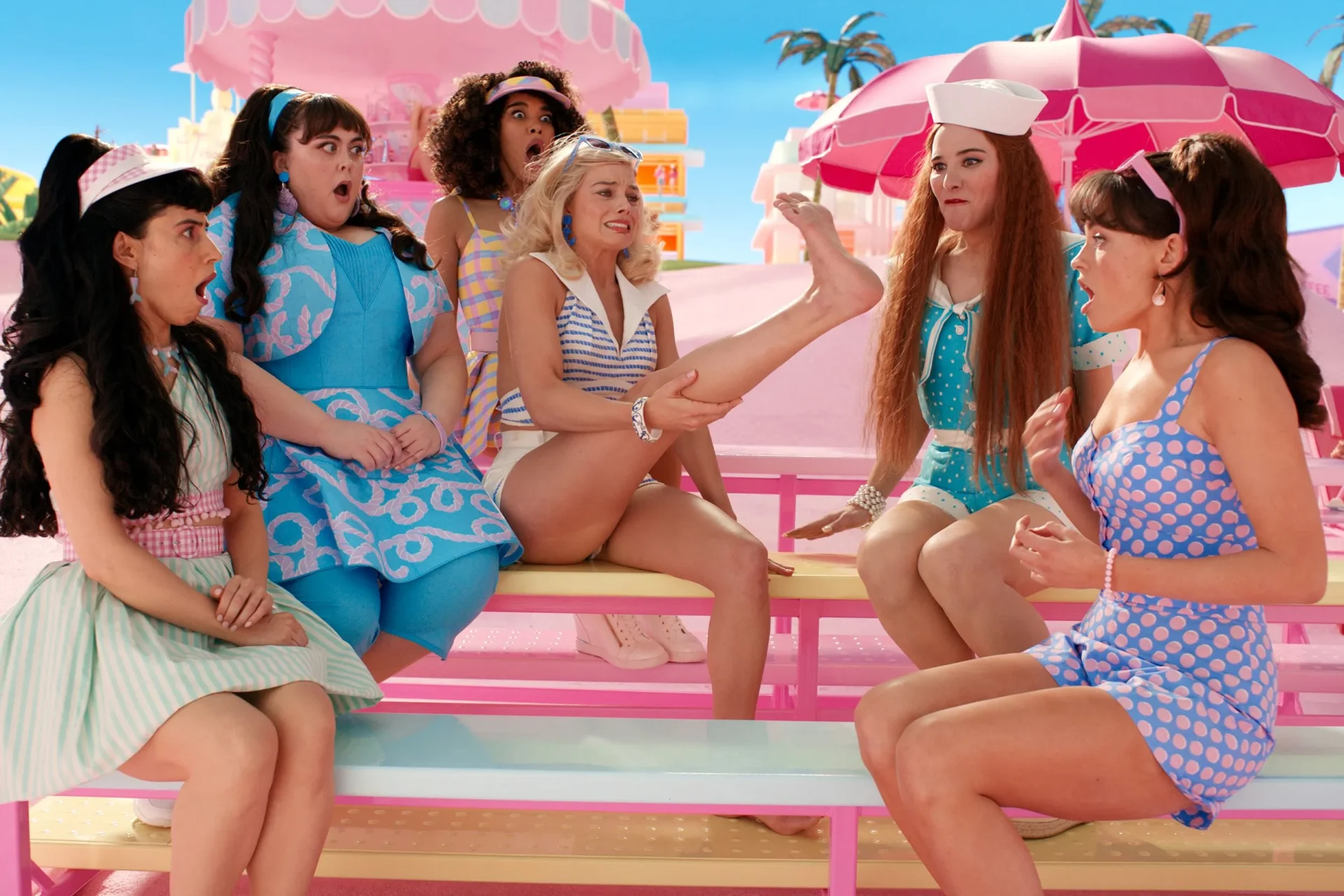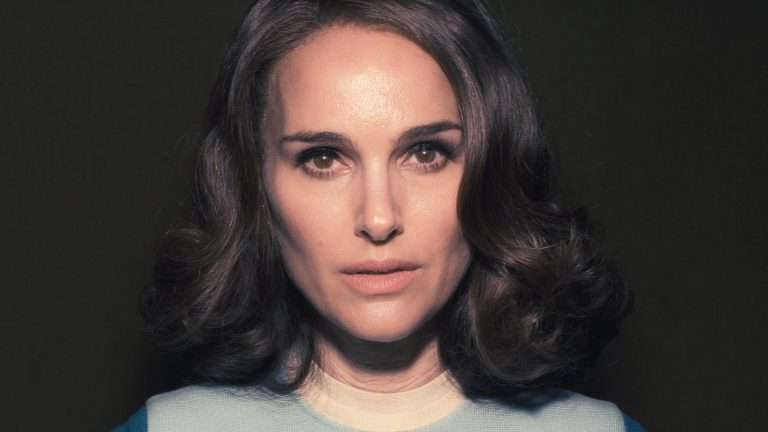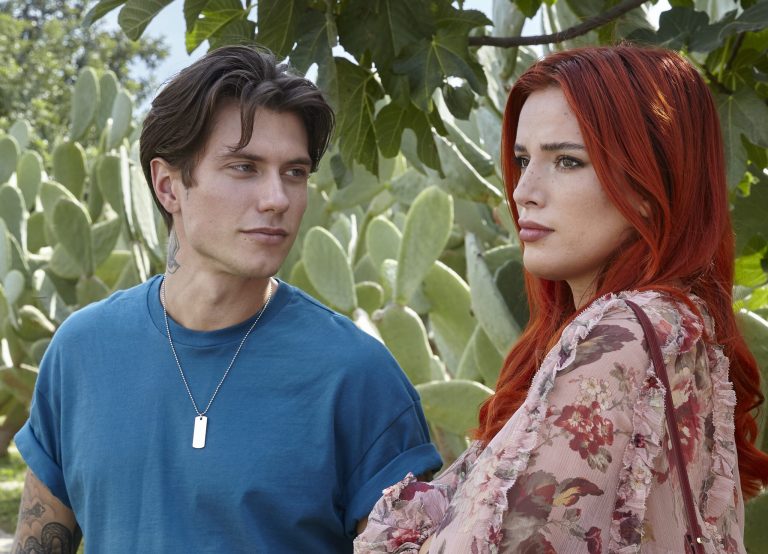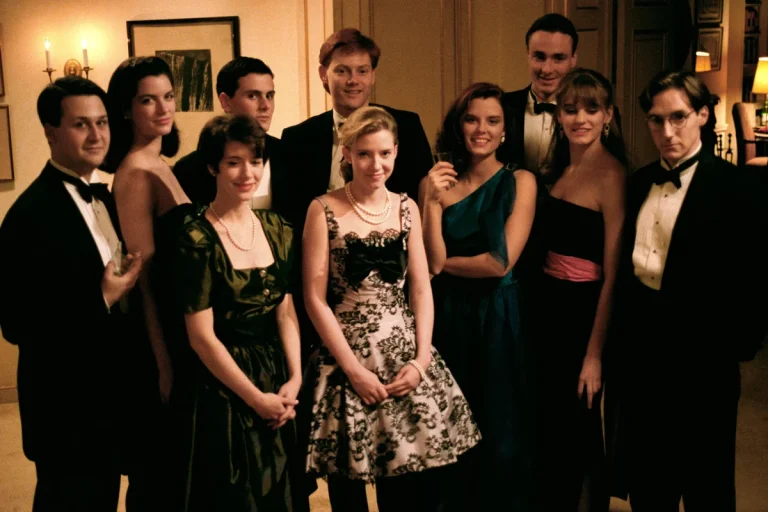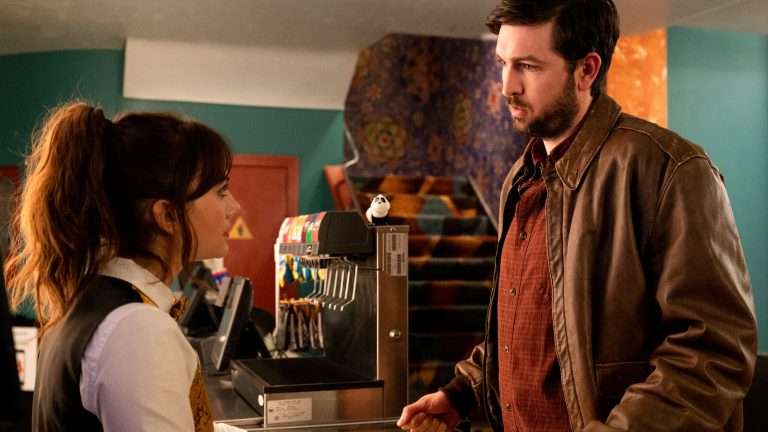The Blonde Doll ‘Barbie’ and Counter-Culturalism: Margot Robbie and Ryan Gosling playing dolls and subverting the pop cultural trends – what more can we look forward from the Greta Gerwig directorial Barbie (2023)? Barbie and Ken together embrace their journey to navigate life through existential philosophy. Philosophy should not only be a thought but a way of living. In fact, Gerwig’s Barbie reinforces the critical ideas of humanism that teach us to embrace life. Existentialists question the meaning of life and thoroughly investigate what absurdity could mean.
Barbie casually asks, “Do you guys ever think about dying”? This makes us wonder about the anxiety of sustaining life without thinking about suicide. How can we moderate our lives if we are free souls and are not bound by ethical values that the hegemonic culture enforces? The desire Barbie has to transcend the monotony of everyday existence, a shadow of depressive episodes pushes her to question her reality. If we are to live in a pool of meaninglessness, is the question of suicide a moral one?
While constantly interrogating whether life will find its meaning, Camus notes that the world rests on hope. Barbie’s individualism makes her question her purpose in life, ultimately leading to thinking about death because if life seems pointless, can death have any meaning? Barbie’s contemplation to live or not counters the sociology of knowledge where suicide has been treated as immoral. Her speaking for the marginalized, in a way, gives a voice to the ones who live in the absurdity of life to find meaning.
Therefore, when Barbie speaks of existential anguish, she represents the marginalized people sharing a culture of their own who do not accommodate to fit into the sociological theory of living a fulfilling life that the conventional society demands. The movie would force the viewers to understand fiction and look at it as a representative form of reality. Barbie does not advertise the mythical perfect woman but showcases the character’s flaws to make the audience identify themselves.
“Dressed in a black-and-white one-piece swimsuit, heels, and red lipstick, when Barbie made its debut at New York’s Toy Fair in 1959, the market was dominated by baby dolls, based on the presumption that most young girls wanted to play mothers” – Vandana Kalra.
“All the toys one commonly sees are essentially a microcosm of the adult world.” – Barthes, Mythologies.
Barbie has been a role model for many girls in their childhood. The dolls who knew to urinate, wet their nappies, be fed, and be cared for reduced the young girls to a mother figure whose role is to be a baby-making machine, and she is enslaved to her children. In contrast, the husband figure takes no responsibility and furthers his role by being an ‘absent father.’ The new movie takes on a stand for these young girls and gives our girls the freedom to choose who they want to be. Traditional gendered roles no longer bind her. Barbie, in today’s light, in the new wave of feminism, is seen to depend on her own and does not seem to need a partner for her to experience things and to make her feel complete.
The anxiety of being on one’s own counters the relevance of traditional values and morals that helps to transcend and look beyond the mass culture. Female identity on television has been hyper-sexualized and eroticized or else represented as a homely nurturing kitchen woman. The other woman is seen romanticizing her relationship with food and limiting her life to children. Barbie is seen to fit in none of these typical roles. The movie uses the word patriarchy more than ten times, presenting how the males must be addressed frequently and reminded of their doings for it to become normalized.
Another instance where Barbie stands out as a phenomenal movie and to counter-culture is when we are presented with how Barbie is in charge of the Barbie world, taking matters into her hands. Being the one in control and not leaving it to men because history has produced some violent wars, and we do not want to repeat and repent. Robbie says: “It’s simple: you got a car, you got a house, and then you got a Ken, and that’s the fun of this world, Barbie Land. It’s kind of a flipside of the real world where men are in charge.”
In Barbieland, there is peace, sustainability, and lesser conflicts because women are driven to be more conscious of how they perceive emotions and the world around them. “I think it’s fair to say that women are a little more collaborative in their approach overall and a little less driven to conflict as opposed to driven to working out problems,” says Janet Napolitano, the US Secretary of Homeland Security. It empowers women to take on the position of leaders to be politically correct and take care of the abused mother nature and improve and inculcate a healthy lifestyle to sustain peace.
After all, feminine energy is about creating a loving and nurturing environment with compassion at its peak. When women learn to embrace their lives and connect with their femininity, where do men stand with their masculinity? How can we define masculine energy when the traditional notion of it has always been linked to being aggressive and dominant? Although the movie talks about femininity in a conventional manner, we need to ask ourselves what it means to gender our emotions. It is essential to consider that these traits are not limited to women only, and men can pursue similar characteristics too.
The floral femininity and the color pink assert cultural dominance that leads to social and cognitive semiotics, which can be traced back to Victorian beauty standards. While pink’s calming effect has been demonstrated, researchers of color psychology have found that this effect only occurs during the initial exposure to the color. When used in prisons, inmates often become even more agitated once they become accustomed to the color. We must remember that the colors we engage with are a by-product of individual and cultural preferences.
The discourse on the color pink does make Barbie conform to societal standards. Still, it is crucial to learn that we are a product of culture, and hence choosing a different color for representation does not make one appear bold but rather only speaks about individual expression. If Barbie wants to acknowledge being a part of the culture and choosing to wear pink to define her, there should be no doubt that pop cultural trends alone have influenced her. I urge you to ask yourselves the question again why are we gendering colors?
The movie also successfully comments on the ‘blonde bimbo’ archetype. According to pop culture, the color blonde sentimentalizes feminine beauty alone without intellect. When Barbie questions and subverts the dominant culture by posing doubts, the movie attempts to exemplify the female blonde archetype.
The overdose of philosophy does not ridicule women but instead empowers them to be more than humans, to be ideas that go on to live forever. Hence, Barbie’s identity does not confine her to her own knowledge but accommodates a space for her to become an ideal. The ontological question that arises out of image making and media presentation, Barbie does not disdain pop culture but at the same time questions iconic depictions. Despite the dominant cultural values that feed upon trends, Barbie forms her identity by not responding to every social media trend.
“The idea is not to live forever; it is to create something that will” – Andy Warhol.

